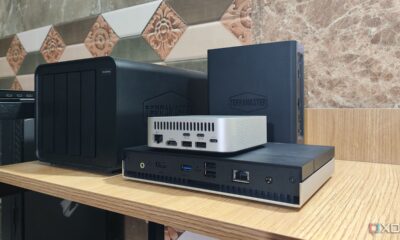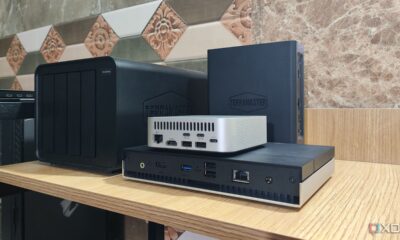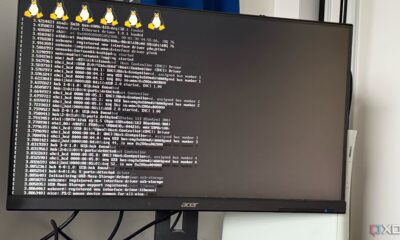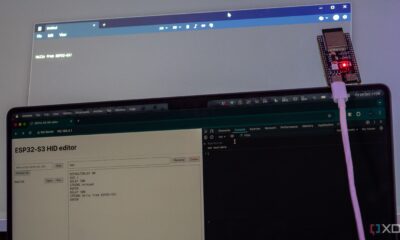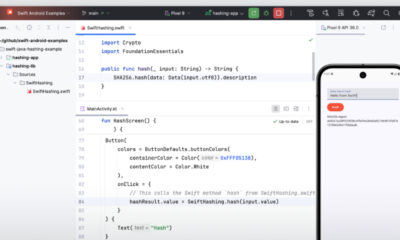Technology
NFS and SMB: Choosing the Right Protocol for Local File Sharing
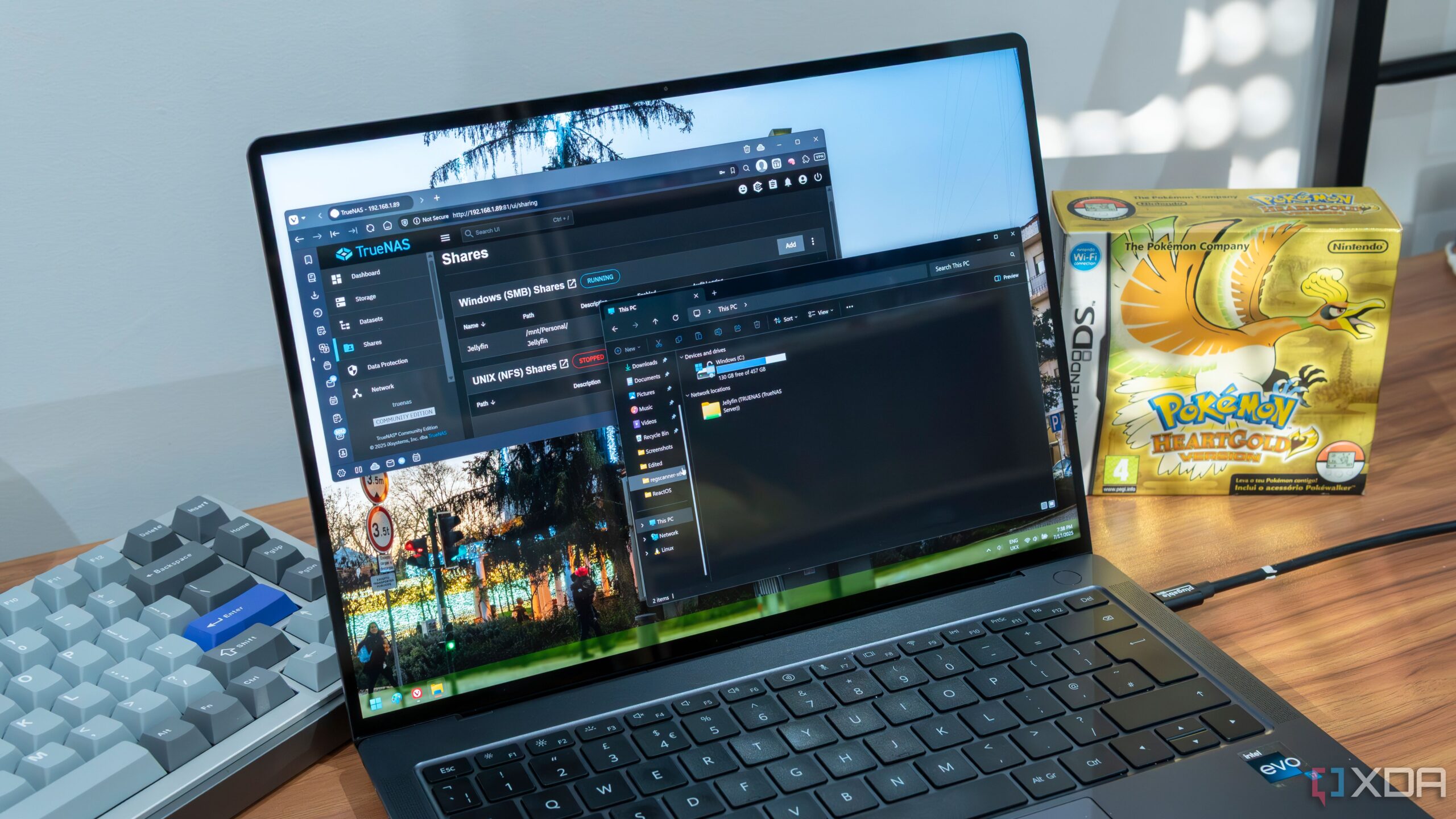
Transferring files over a local network remains crucial, even in a cloud-dominated era. When setting up file sharing in homes with multiple devices, users often face a choice between Server Message Block (SMB) and Network File System (NFS). Each protocol offers distinct advantages and drawbacks, making the decision based on specific needs and device compatibility.
Understanding the Protocols
SMB is the standard file-sharing protocol for Windows machines, facilitating tasks like drive mapping and folder sharing. It has been in use for decades and is compatible with Linux systems through Samba. In contrast, NFS was designed primarily for Unix systems, and it continues to serve as a file-sharing solution for Linux and BSD networks. The primary distinction between the two lies in their operational methodologies: SMB relies on sessions, credentials, and access control lists (ACLs), while NFS operates through direct IP connections and file ownership, resulting in significantly enhanced performance.
Performance and Configuration
The speed advantage of NFS stems from its lightweight design, which imposes less overhead compared to SMB. NFS is integrated directly into the Linux kernel, providing a performance edge over SMB, which operates in user space. This efficiency, however, comes at the cost of complex configuration. Setting up NFS requires attention to user ID (UID) and group ID (GID) mappings, which can lead to configuration challenges if not managed correctly.
Conversely, SMB’s user-friendly setup process abstracts much of the technical detail, allowing users to navigate through graphical interfaces and straightforward credential management. For those who prefer simplicity and immediate functionality, especially in a predominantly Windows environment, SMB is often the recommended choice. It is widely supported by network-attached storage (NAS) devices and remains accessible across various operating systems, including macOS.
Choosing the Right Protocol for Your Environment
Ultimately, the choice between NFS and SMB depends on the devices present within a given network. For networks primarily consisting of Windows machines, SMB offers a seamless experience, enabling users to transfer large files quickly and efficiently. In contrast, NFS becomes the preferred option in environments dominated by Unix-like systems, such as home labs or workstations running Linux. Users familiar with editing configuration files can leverage NFS to gain more control over file permissions and connections, leading to superior performance for smaller and medium-sized transfers.
While both protocols can technically function across various platforms, the experience can vary significantly. Although it is feasible to implement NFS on Windows, the process is less straightforward than with SMB. Therefore, for those who prioritize ease of use, SMB remains the safer option.
The good news is that users do not have to limit themselves to a single protocol. It is possible to configure a NAS or server to support both SMB and NFS simultaneously. This hybrid approach allows Windows systems to connect via SMB while Linux machines utilize NFS, providing access to the same data without conflict. This flexibility grants users the benefits of both protocols, combining the convenience of SMB with the speed and control of NFS.
In conclusion, understanding the nuances of NFS and SMB can empower users to make informed decisions tailored to their specific networking needs. By considering the devices in use and the desired performance outcomes, individuals can enhance their local file-sharing experience significantly.
-

 Technology4 months ago
Technology4 months agoDiscover the Top 10 Calorie Counting Apps of 2025
-

 Health2 months ago
Health2 months agoBella Hadid Shares Health Update After Treatment for Lyme Disease
-

 Health3 months ago
Health3 months agoErin Bates Shares Recovery Update Following Sepsis Complications
-

 Technology3 weeks ago
Technology3 weeks agoDiscover 2025’s Top GPUs for Exceptional 4K Gaming Performance
-

 Technology2 months ago
Technology2 months agoElectric Moto Influencer Surronster Arrested in Tijuana
-

 Technology4 months ago
Technology4 months agoDiscover How to Reverse Image Search Using ChatGPT Effortlessly
-

 Technology4 months ago
Technology4 months agoMeta Initiates $60B AI Data Center Expansion, Starting in Ohio
-

 Technology4 months ago
Technology4 months agoRecovering a Suspended TikTok Account: A Step-by-Step Guide
-

 Health4 months ago
Health4 months agoTested: Rab Firewall Mountain Jacket Survives Harsh Conditions
-

 Lifestyle4 months ago
Lifestyle4 months agoBelton Family Reunites After Daughter Survives Hill Country Floods
-

 Technology3 months ago
Technology3 months agoUncovering the Top Five Most Challenging Motorcycles to Ride
-

 Technology4 weeks ago
Technology4 weeks agoDiscover the Best Wireless Earbuds for Every Lifestyle



